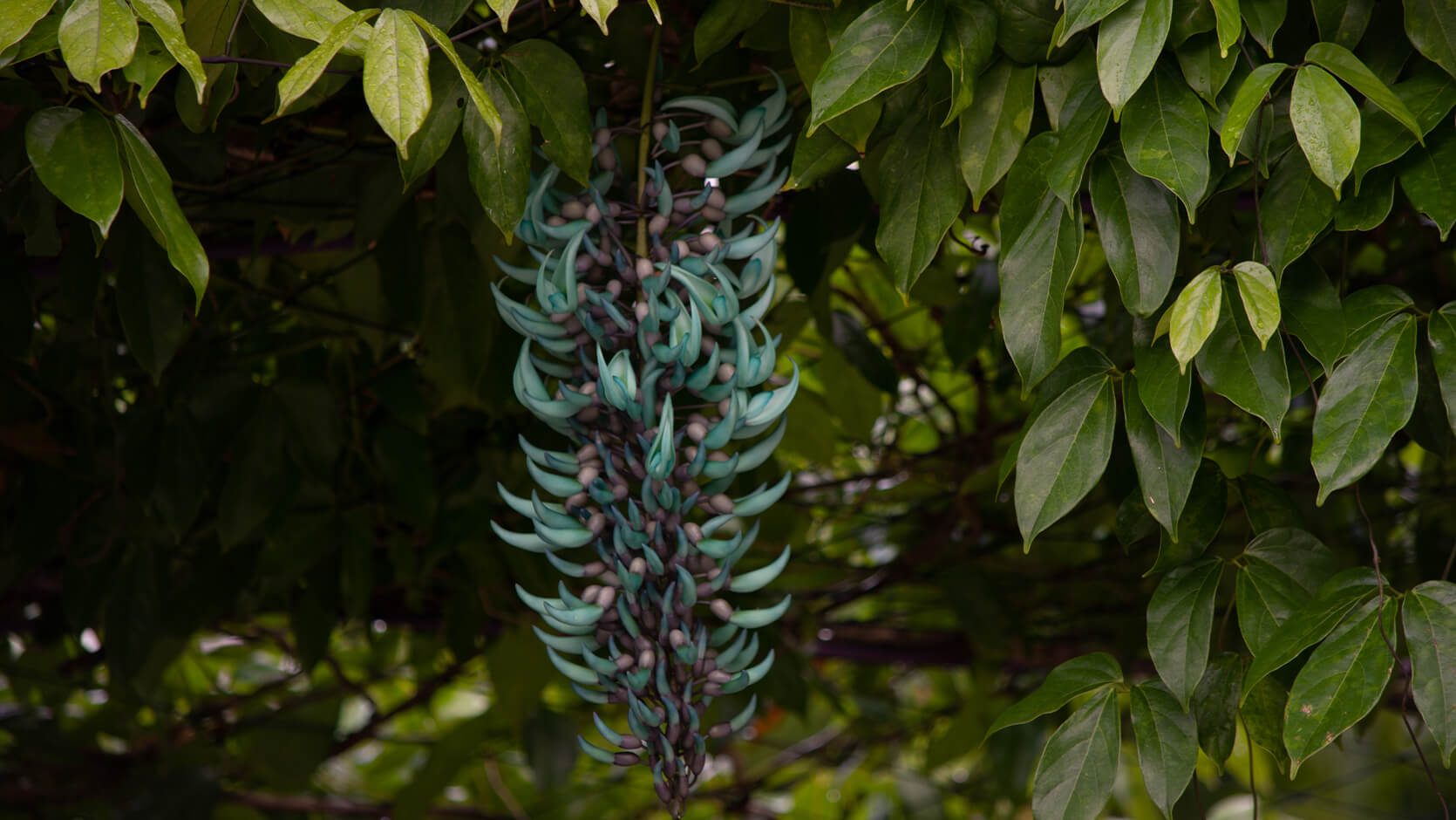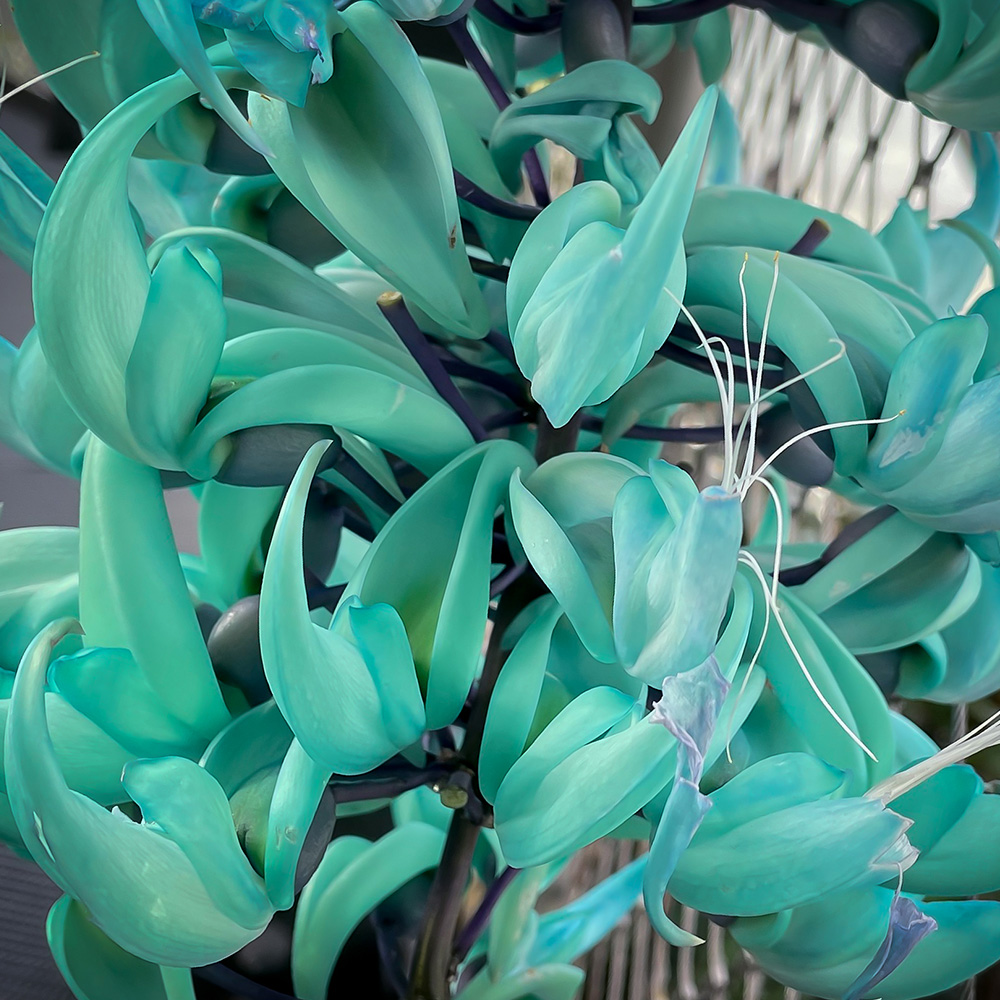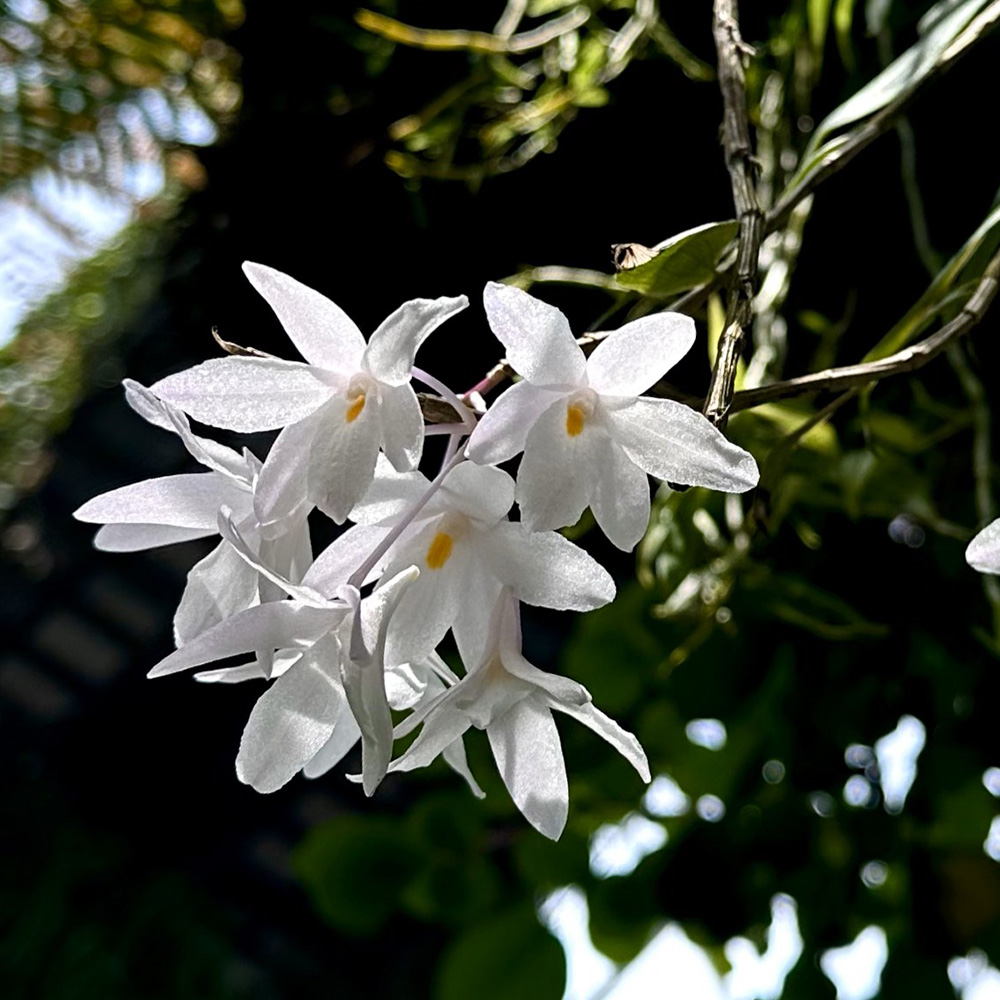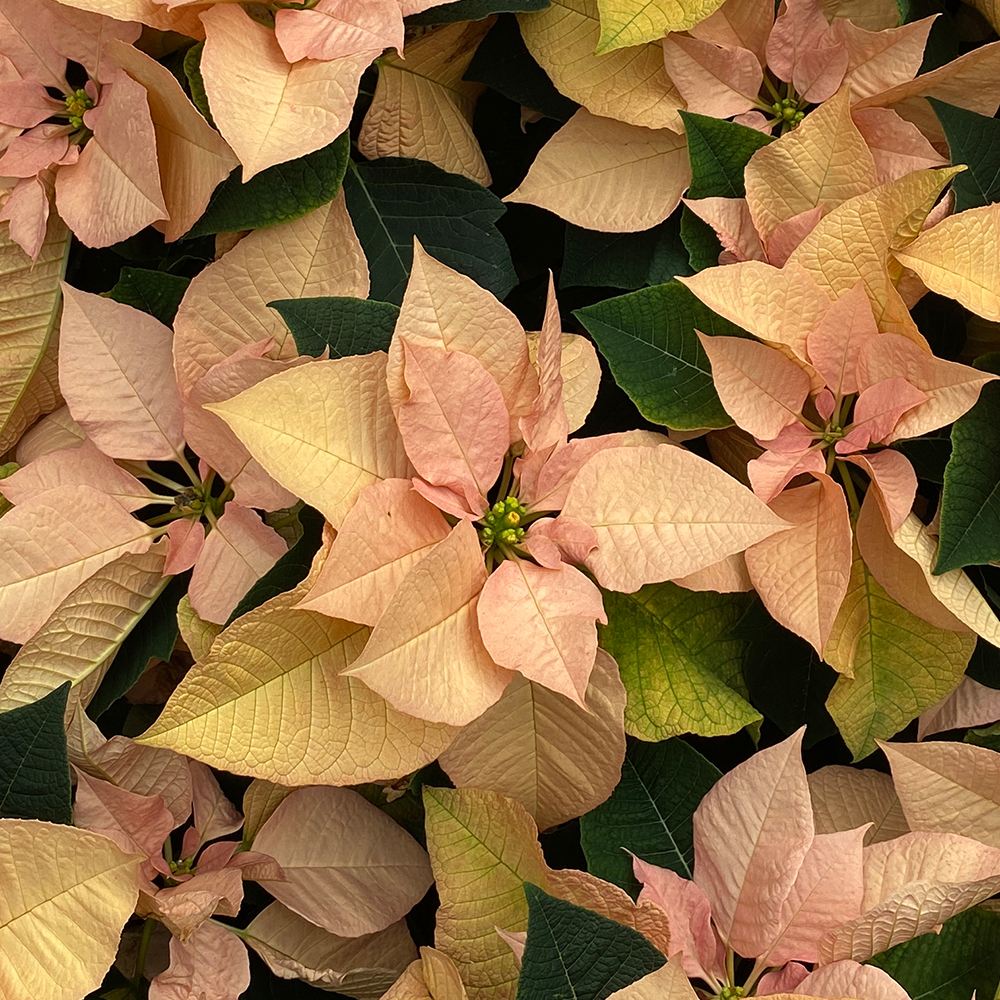Atacazo Epidendrum (Epidendrum atacazoicum)
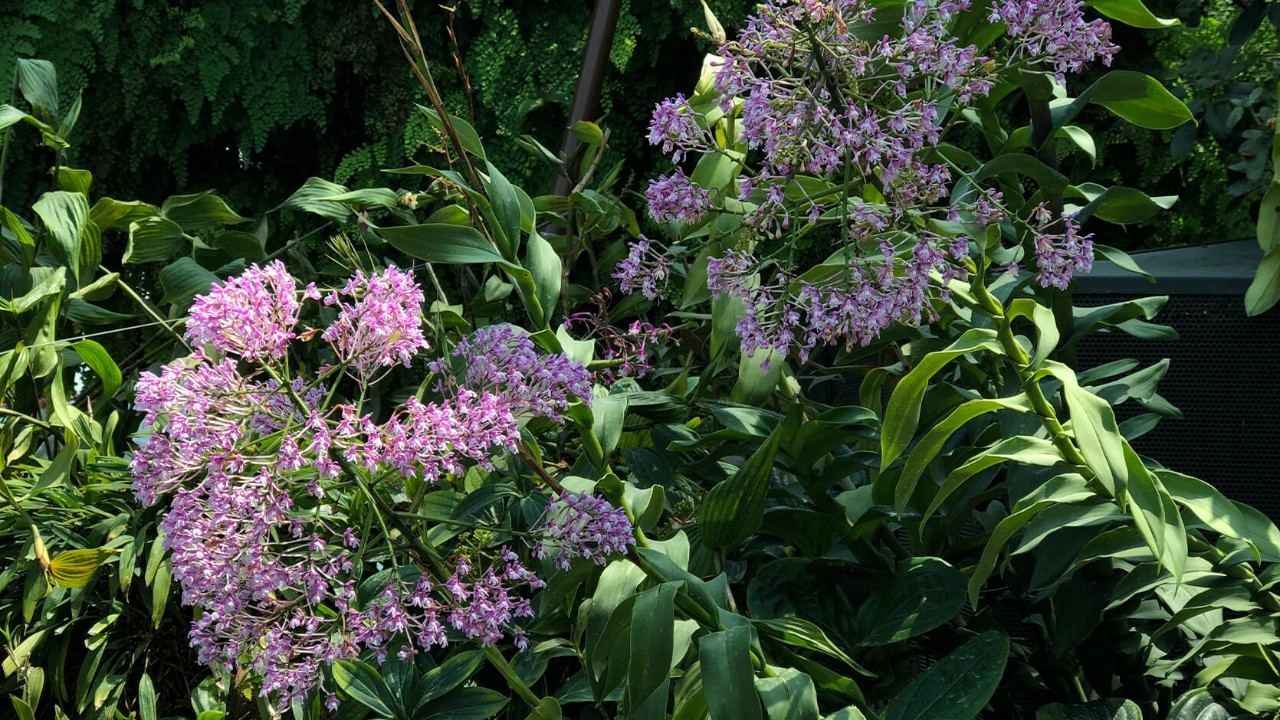 Epidendrum atacazoicum with its reed-like stems and flowering spikes (inflorescences)
Epidendrum atacazoicum with its reed-like stems and flowering spikes (inflorescences)
In its native habitat, this large orchid plant is found in the moist upper montane forests of the slopes of the Ecuadorian Andes, at elevations from 380 to 2900 metres. This species not only grows epiphytically on trees, but also thrives growing on rocks as lithophytes and terrestrially on the forest floor.
In its native habitat, this large orchid plant is found in the moist upper montane forests of the slopes of the Ecuadorian Andes, at elevations from 380 to 2900 metres. This species not only grows epiphytically on trees, but also thrives growing on rocks as lithophytes and terrestrially on the forest floor.
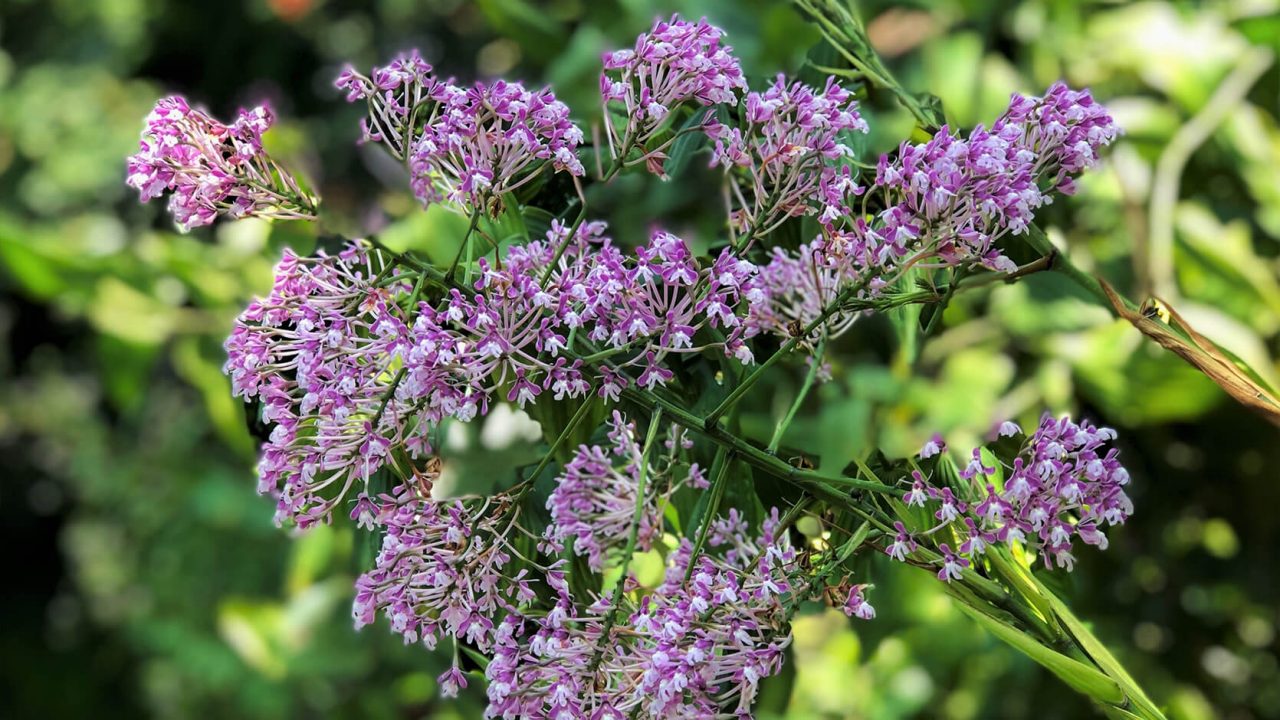 Inflorescence of Epidendrum atacazoicum.
Inflorescence of Epidendrum atacazoicum.
This robust, reed-like plant with erect, leafy canes over a metre long, produces densely flowered, compound panicles of tiny, rose-lilac flowers in a pyramid-like arrangement. Each inflorescence can grow up to 23 cm long and 15 cm wide, and can be so heavy that the stem bends under its weight. The flowers make up in numbers what they lack in size: while a single flower is only 6mm long, a single plant can bear over 200 flowers! Unfortunately, the flowers do not reward their admirers with any scent.
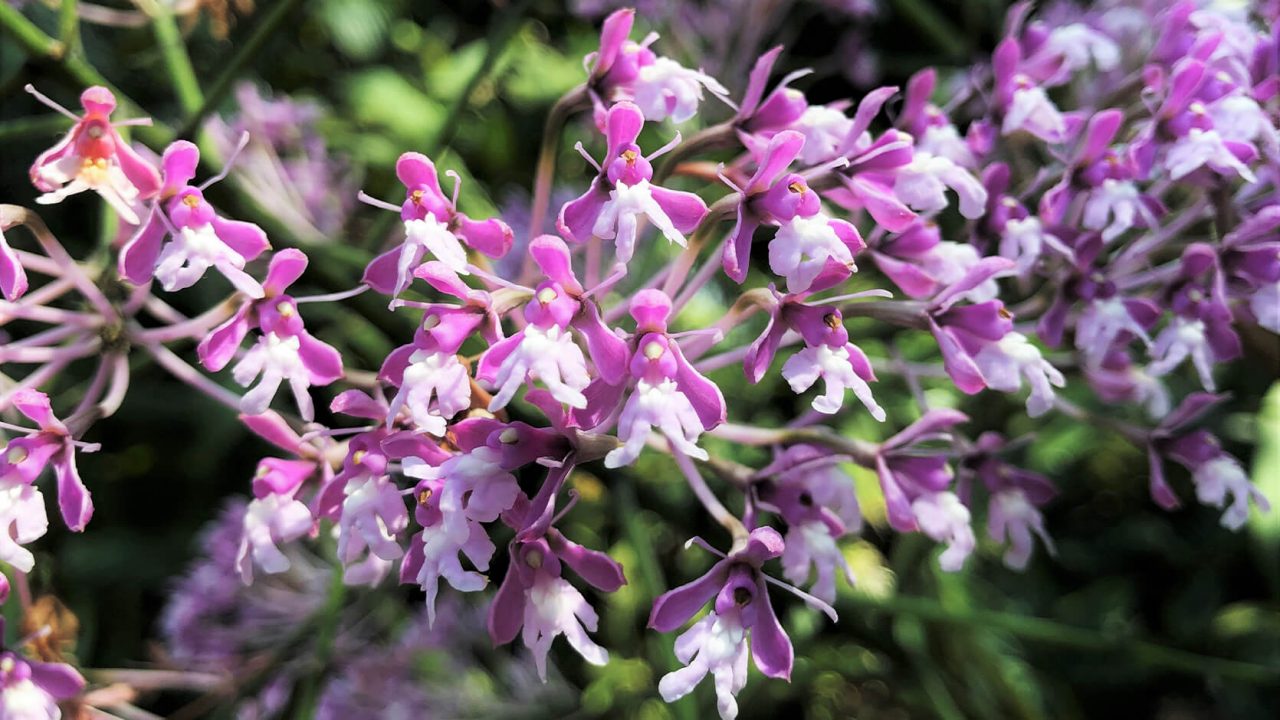 Closeup shot of the osmanthus flower.
Closeup shot of the osmanthus flower.
The specific name of Epidendrum atacazoicum is named after the Atacazo volcano in southwest Quito, the capital of Ecuador. The genus Epidendrum is derived from the Greek for “upon a tree”, but members of this genus tend to be terrestrial rather than lithophytic or epiphytic. Most Epidendrum grow better in humus-rich, well-aerated substrates. It is a large genus, widely distributed across tropical and sub-tropical America. Epidendrum species feature a multitude of colours, forms, sizes, and are very flexible in habitat requirements. They can be found at elevations from sea level to more than 3000m, ranging from seasonally dry tropical forests to hot humid jungles to cool, damp cloud forests.
Keep a lookout for the Atacazo Epidendrum in the Lost World of Cloud Forest!
Written by: Ziana Yacob, Senior Manager (Research and Horticulture)
Ziana's fascination with the many wonders of plants led her to study Horticulture. She has been involved in propagating and nurturing in-house plant collections, with a special focus on orchids. Keeping plants thriving is both a rewarding challenge and a continuous journey of learning for her!
